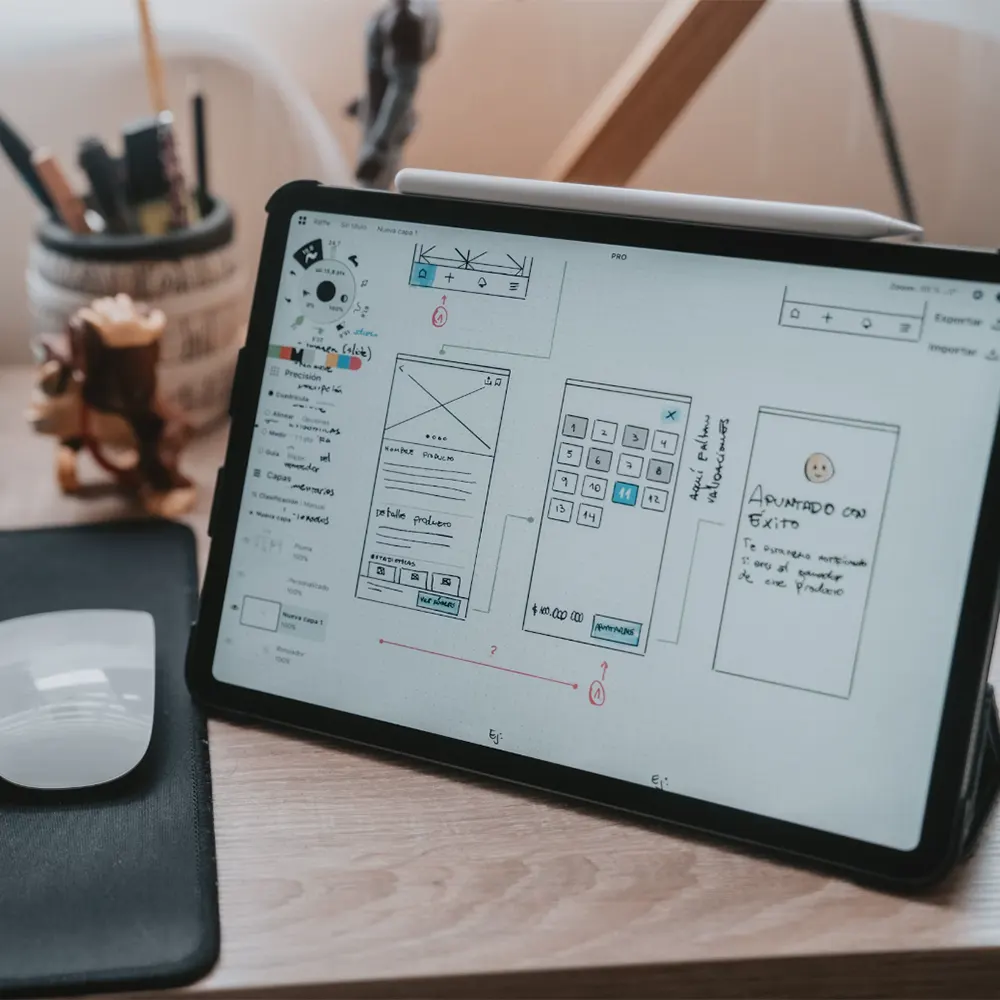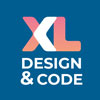
Optimizing Website Navigation: Improving User Experience
Effective website navigation is essential for providing a seamless and intuitive user experience. When users can easily find the information they’re looking for, they’re more likely to stay on your site longer, engage with your content, and take desired actions. In this article, we’ll explore the importance of website navigation and provide tips for optimizing it to improve user experience.
The Importance of Website Navigation
Website navigation serves as a roadmap for users, guiding them through your site’s content and helping them discover relevant information. Some key reasons why website navigation is important include:
- Enhanced User Experience: Intuitive navigation makes it easy for users to find what they’re looking for, leading to a positive browsing experience.
- Improved Engagement: Clear navigation encourages users to explore more pages on your site, increasing their engagement and time spent on site.
- Reduced Bounce Rate: When users can quickly access the content they need, they’re less likely to leave your site prematurely, resulting in a lower bounce rate.
- Higher Conversion Rates: Well-designed navigation can guide users towards conversion actions, such as making a purchase or filling out a contact form.
Key Principles of Effective Website Navigation
To optimize website navigation for improved user experience, consider the following principles:
Simplicity:
Keep your navigation menu simple and streamlined, avoiding clutter and excessive dropdown menus. Use descriptive labels and organize menu items logically to make it easy for users to understand and navigate.
Consistency:
Maintain consistency in navigation placement, style, and structure across all pages of your site. Users should be able to easily access the main navigation menu from any page without confusion.
Clarity:
Ensure that navigation labels are clear, descriptive, and easy to understand. Use familiar terms and avoid jargon or ambiguous language that may confuse users.
Accessibility:
Make sure that your navigation is accessible to all users, including those using screen readers or keyboard navigation. Use semantic HTML markup and provide alternative text for images to improve accessibility.
Mobile-Friendliness:
Optimize your navigation for mobile devices by using responsive design techniques. Consider implementing a hamburger menu or collapsible navigation to conserve space on smaller screens.
Optimizing Website Navigation with XL Design and Code
At XL Design and Code, we understand the importance of website navigation for creating a positive user experience. That’s why we offer expert web design services tailored to optimize navigation and enhance usability for your audience.
Our team of experienced designers and developers will work closely with you to create a navigation structure that aligns with your brand identity, audience needs, and business goals. We’ll implement best practices for navigation design, accessibility, and mobile responsiveness to ensure that your site delivers a seamless and intuitive browsing experience.
Contact us today to learn more about our web design services and discover how we can help you optimize your website navigation for improved user experience with XL Design and Code.
